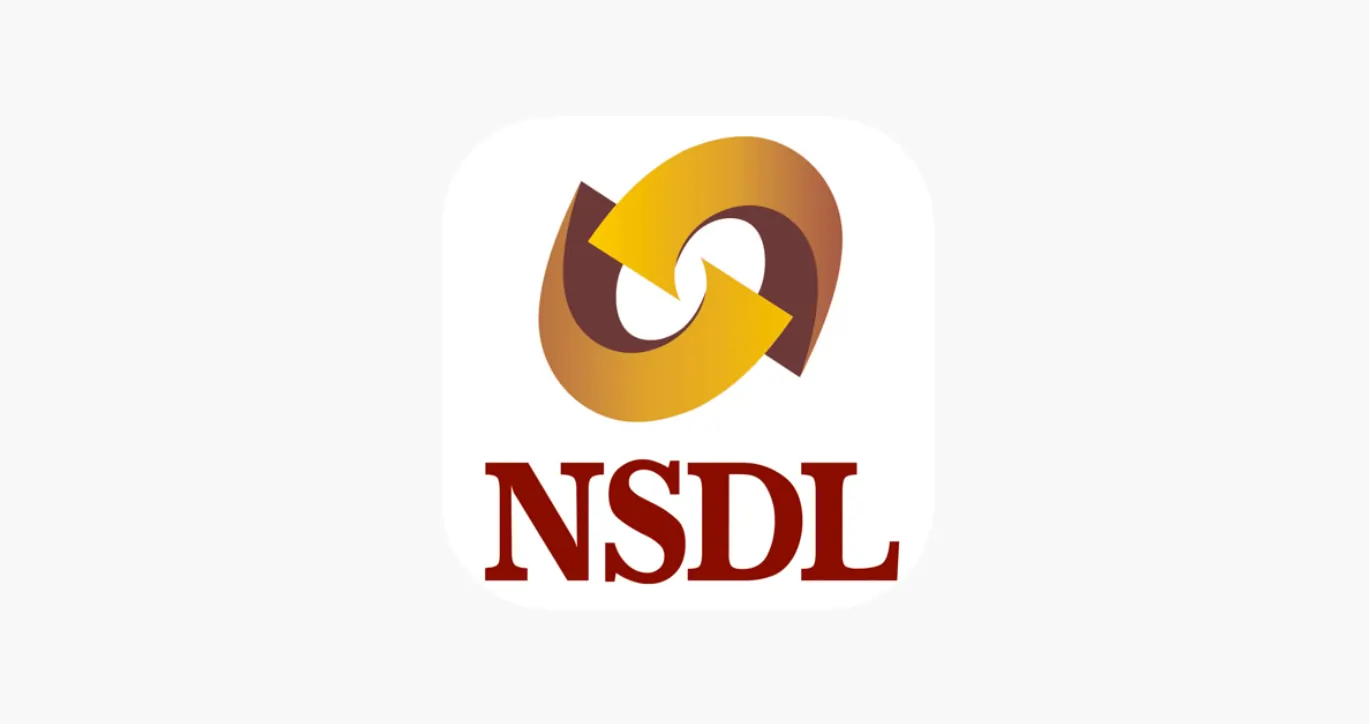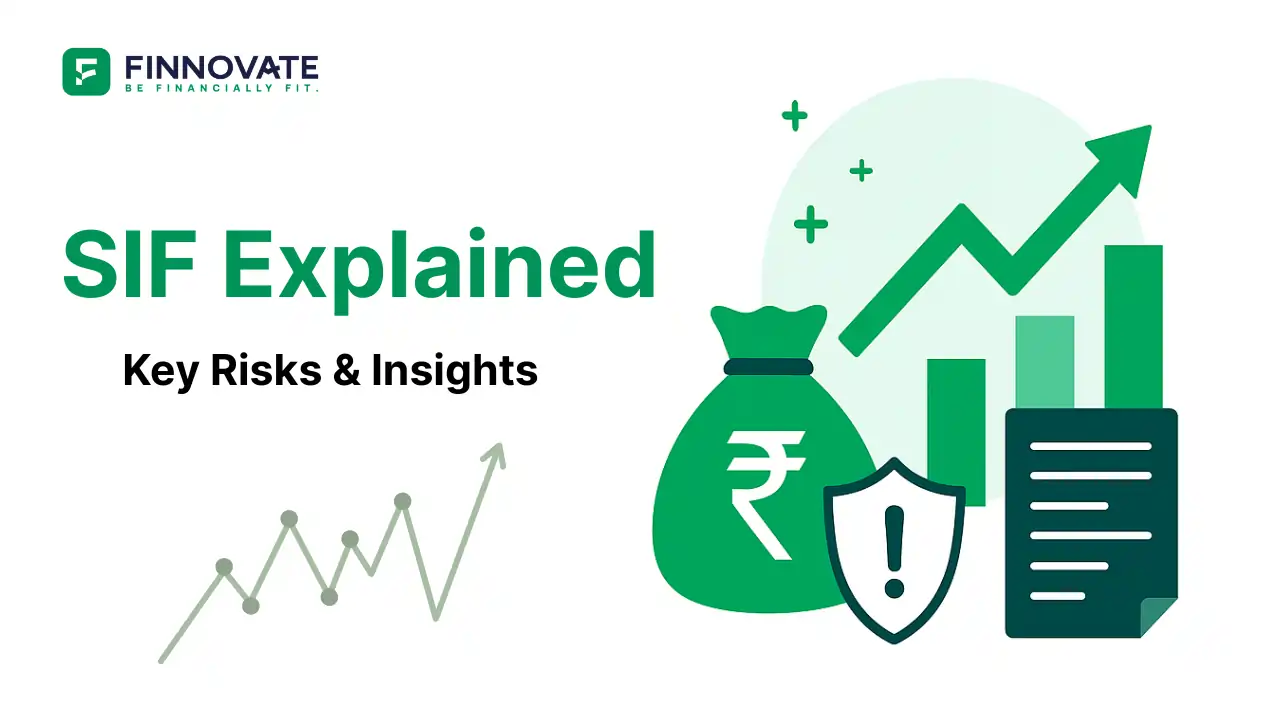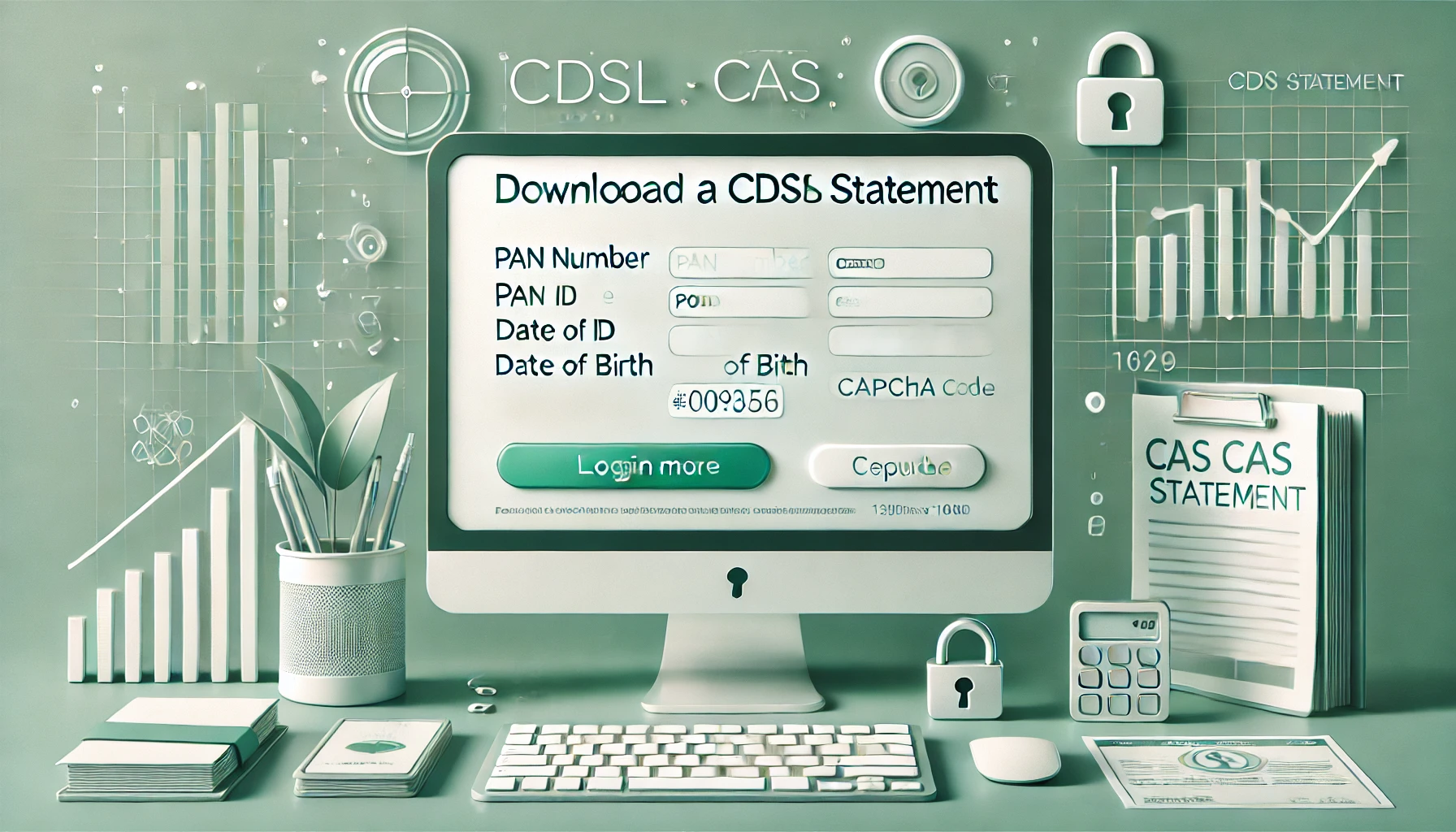
Quick Commerce in India: Why Pricing Could Decide the Winners
Quick commerce demand is strong, but rising losses and Amazon’s entry may turn pricing i...
Ever wondered why your EMIs change or why FD rates keep shifting?
Behind all this is one important number - the RBI Repo Rate.
This is the rate at which the Reserve Bank of India lends money to banks. And when that cost changes, it trickles down to your loans, savings, and even investments.
In this guide, we’ll explain:
Let’s take a quick look at where the key RBI rates stand today. These rates are updated every two months after the RBI’s Monetary Policy Committee (MPC) meeting.
| Rate Type | Latest Value |
|---|---|
| Repo Rate | 5.25% |
| Reverse Repo Rate | 3.35% |
| Bank Rate | 5.75% |
| Marginal Standing Facility (MSF) | 5.75% |
This section is updated bi-monthly to keep you informed of the latest rbi repo rate updates, and other updates from RBI MPC Meetings.
The repo rate is the interest rate at which RBI lends money to banks when they’re low on funds.
In simple terms:
Repo Rate = The cost banks pay to borrow from RBI
When RBI raises the repo rate:
When RBI lowers the repo rate:
If you have a ₹10 lakh home loan at 8.5% and the rate drops to 8%, your EMI could reduce by a few hundred rupees each month - that’s real savings over time.
While repo rate is about banks borrowing from RBI, the reverse repo rate is about RBI borrowing from banks.
Sometimes, banks have extra cash. Instead of lending it out, they can park it with RBI and earn interest - that’s the reverse repo rate.
Reverse Repo Rate = Interest RBI pays to banks when it borrows from them
This helps RBI:
They’re two sides of the same coin - both used by RBI to manage money in the economy.
Now that we’ve covered both terms, let’s quickly compare them.
Both repo and reverse repo rates are tools used by the RBI to control money flow in the economy. But they work in opposite directions.
Here’s a simple breakdown:
| Factor | Repo Rate | Reverse Repo Rate |
|---|---|---|
| Meaning | Rate at which RBI lends money to banks | Rate at which RBI borrows money from banks |
| Who borrows? | Banks borrow from RBI | RBI borrows from banks |
| Impact on economy | Higher repo = costlier loans = slower spending | Higher reverse repo = banks park more = slower lending |
| Purpose | Control inflation, manage borrowing costs | Control excess liquidity, absorb surplus money |
| Effect on you | Affects your EMIs, loan interest, credit availability | Affects how much banks are willing to lend or hold |
| When it’s changed? | During inflation or economic slowdown | Along with repo changes or during liquidity shifts |
The repo rate isn’t just a banking term. It shapes how much you pay on loans, what you earn on FDs, and how the economy moves.
The RBI uses the repo rate to manage inflation, liquidity, and economic growth.
A rising repo rate signals RBI is slowing the economy. A falling rate means it wants to speed things up.
Repo-linked home loans move with the repo rate:
On a ₹30 lakh loan, a 0.5% cut could save you ₹900/month.
New loan rates often shift with repo changes. Fixed-rate loans may not change immediately.
When repo rate falls, FD rates usually drop. When it rises, banks may raise FD returns - but not always immediately.
Borrowers love low repo rates. FD investors prefer high ones.
In 2020, RBI cut the repo rate to support the economy during COVID-19. This made loans cheaper and boosted spending when it was needed most.
| Date | Repo Rate (%) |
|---|---|
| 05-Dec-2025 | 5.25 |
| 01-Oct-2025 | 5.50 |
| 06-Aug-2025 | 5.50 |
| 06-Jun-2025 | 5.50 |
| 09-Apr-2025 | 6.00 |
| 07-Feb-2025 | 6.25 |
| 06-Dec-2024 | 6.50 |
| 08-Oct-2024 | 6.50 |
| 08-Aug-2024 | 6.50 |
| 07-Jun-2024 | 6.50 |
| 05-Apr-2024 | 6.50 |
| 08-Feb-2024 | 6.50 |
| 08-Dec-2023 | 6.50 |
| 06-Oct-2023 | 6.50 |
| 10-Aug-2023 | 6.50 |
| 08-Jun-2023 | 6.50 |
| 06-Apr-2023 | 6.50 |
| 08-Feb-2023 | 6.50 |
| 07-Dec-2022 | 6.25 |
| 30-Sep-2022 | 5.90 |
| 05-Aug-2022 | 5.40 |
| 08-Jun-2022 | 4.90 |
| 04-May-2022 | 4.40 |
| 08-Apr-2022 | 4.00 |
| 10-Feb-2022 | 4.00 |
| 08-Dec-2021 | 4.00 |
| 09-Oct-2021 | 4.00 |
| 06-Aug-2021 | 4.00 |
| 04-Jun-2021 | 4.00 |
| 07-Apr-2021 | 4.00 |
| 05-Feb-2021 | 4.00 |
| 04-Dec-2020 | 4.00 |
| 09-Oct-2020 | 4.00 |
| 06-Aug-2020 | 4.00 |
| 22-May-2020 | 4.00 |
| 27-Mar-2020 | 4.40 |
| 06-Feb-2020 | 5.15 |
| 05-Dec-2019 | 5.15 |
| 04-Oct-2019 | 5.15 |
| 07-Aug-2019 | 5.40 |
| 06-Jun-2019 | 5.75 |
| 04-Apr-2019 | 6.00 |
| 07-Feb-2019 | 6.25 |
| 01-Aug-2018 | 6.50 |
| 06-Jun-2018 | 6.25 |
| 07-Feb-2018 | 6.00 |
| 02-Aug-2017 | 6.00 |
| 04-Oct-2016 | 6.25 |
| 05-Apr-2016 | 6.50 |
The RBI doesn’t change the repo rate randomly. Every hike or cut is a strategic move to manage inflation, support growth, or control liquidity in the economy. RBI uses repo rate like a volume knob: turns it up to cool inflation, down to heat growth
When prices rise too fast, the RBI increases the repo rate. Costlier loans lead to less borrowing and spending, which helps bring prices down.
During slowdowns, like COVID-19, the RBI cuts the repo rate to make borrowing cheaper. This encourages spending and helps revive the economy.
If there’s too much money in the system, RBI may raise rates to absorb it. If there’s too little, it cuts rates to release more funds into the economy.
The Monetary Policy Committee (MPC), which meets every two months, sets the repo rate. They base their decision on inflation, GDP trends, global factors, and domestic liquidity.
| FIRE Calculator | Retirement Corpus Calculator |
| SIP Calculator | Earnback EMI Calculator |
| 1 Crore Calculator | Vacation Planning Calculator |
If your home loan is linked to the repo rate, changes in the rate can directly impact your EMIs. A lower repo rate may reduce your EMI, while a higher rate could increase it.
No. When the repo rate is low, banks earn less on their lending and usually lower the interest rates on fixed deposits as well.
The RBI reviews the repo rate every two months during its Monetary Policy Committee (MPC) meetings. The rate may or may not change depending on economic conditions.
The repo rate is decided by the Monetary Policy Committee (MPC) of the RBI, which includes RBI officials and independent economic experts.
It depends. A higher repo rate is helpful for controlling inflation and may lead to better FD returns. However, it also means costlier loans and higher EMIs for borrowers.
Not directly. Savings account rates are set by banks and may change based on overall interest rate trends. But repo rate cuts can sometimes lead to lower savings rates over time.
Debt mutual funds (especially short-term or overnight funds) are more directly affected by repo rate changes. When the repo rate falls, these funds may see lower returns. Equity SIPs are less impacted in the short term.
Popular now

Learn how to easily download your NSDL CAS Statement in PDF format with our step-by-step g...

Explore what Specialised Investment Funds (SIFs) are, their benefits, taxation, minimum in...

Learn How to Download Your CDSL CAS Statement with our step-by-step guide. Easy instructio...

Looking for the best financial freedom books? Here’s a handpicked 2026 reading list with...